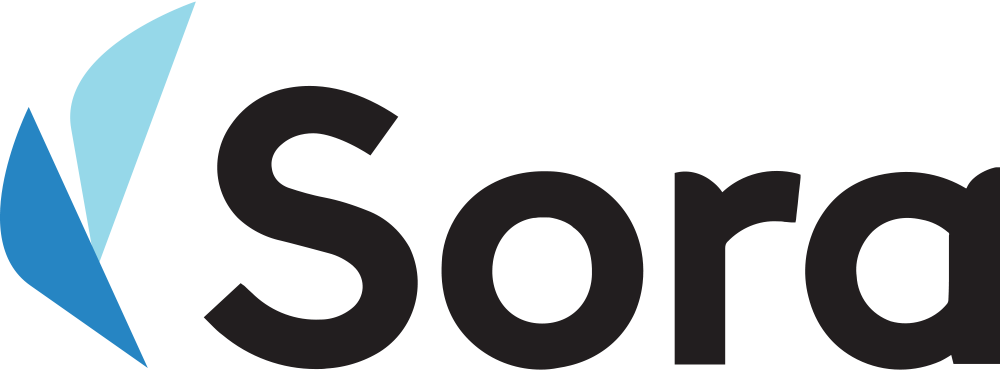What you should know about the pause on student loans and forgiveness
Read the latest information on student loan interest accrual and forgiveness.
Background on the 2020 Cares Act
In March of 2020, Congress passed the $2 trillion Cares Act that included landmark student loan legislation. Americans with federal student loans saw student loan forbearance, 0% interest rates on federal student loans, and no collection for loans in default. This wasn’t just extended once – the Office of the President has extended the legislative grace six times since March of 2020. Sora expects a seventh extension from the Biden Administration. The restarting of interest accrual on student loans will impact more than 40 million borrowers. The Administration is set to make an announcement prior to August 31st and signs point to an extension. US Secretary of Education, Miguel Cardona has already come out saying the department would be ready if an extension was granted. The Education Department has also strongly instructed loan servicers to hold on sending student loan bills to borrowers, pointing to further speculation that an extension may be likely.
With inflation and the Fed increasing rates, it’s understandable to worry that one’s rates will increase. Loans that are serviced from July 1st, 2022 through June 2023 have their interest rates increased to 4.99%. The good news for borrowers prior to July 1st, 2022 is that when interest accrual comes back, the rates will go back to their prior rate.
Key things in the works with student loans
New rules for loan relief: The Education Department is drafting a slew of rules for various loan relief programs including restrictions on interest capitalization.
Talks of loan forgiveness: The fight with inflation has brought discussion of federal loan forgiveness with a decision to be made by the end of the month.
Retroactive loan forgiveness waiver for Public Service: The Education Department has created a one-time waiver to retroactively credit borrowers with additional payments on their student loans. This is especially important and helpful for those in the Public Service Loan Forgiveness program (e.g. Teachers). The waiver can be found here.
Fresh start for defaulters: Millions of borrowers who have defaulted on their student loans will get a fresh start and be placed back into good standing. In reference to the graph below you can see how many thousands of borrowers this helps.
Student Loan Forgiveness
Another key piece to look out for this month regarding student loans is forgiveness. Documents from the Department of Education outline the potential plan that has been laid out for student loan forgiveness. Here are the three biggest initiatives:
Though $10,000 in federal loan forgiveness has been actively mentioned by the Biden Administration, nothing has been confirmed.
All federal loans would qualify for forgiveness including FFELP Loans, Perkins Loans, Parent PLUS Loans and Grad PLUS Loans.
An income threshold will be put into place. An annual individual income of below $150,000 and $250,000 for families would qualify for forgiveness.Conclusion:
With the rules seemingly changing every few months it’s important to stay vigilant and aware around student loans. With more clarity at the end of this month, refinancing opportunities will start to present themselves.

